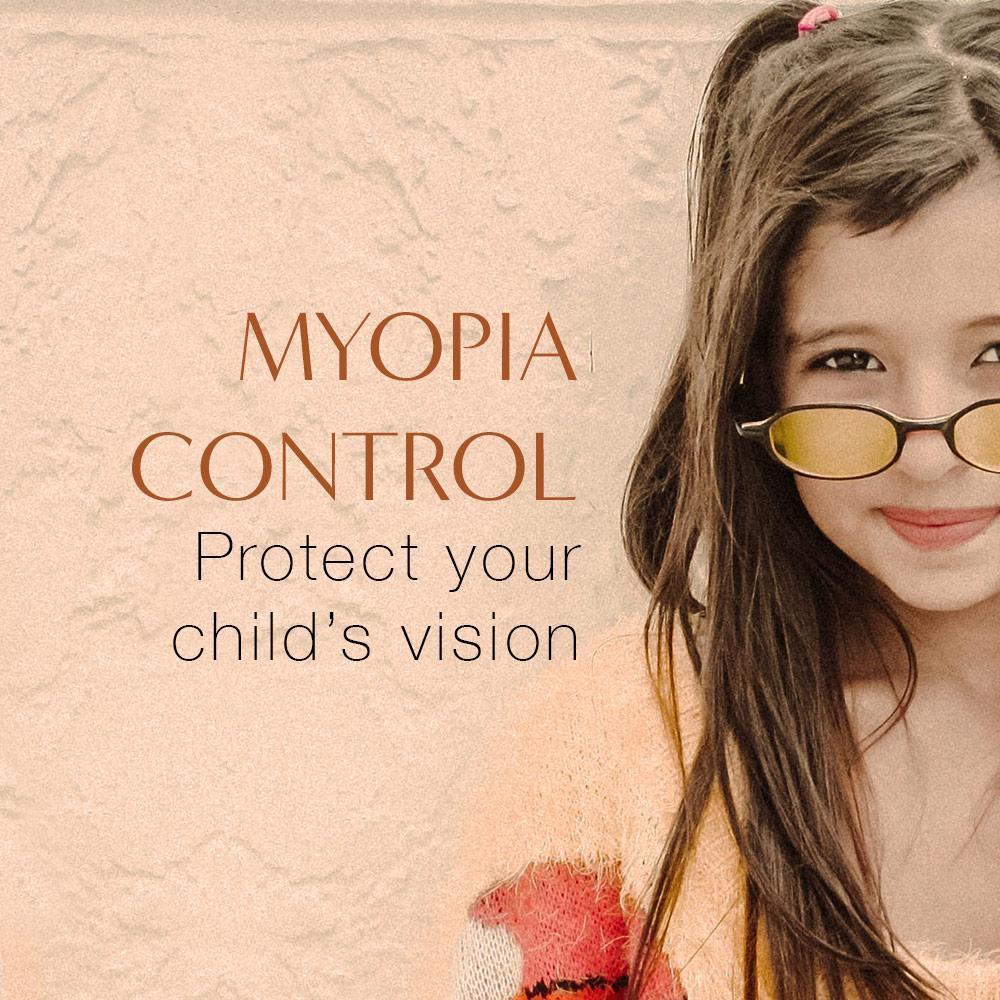Morningside Mediclinic
Cnr of Hill & Rivonia Road, Sandton
011 784 7000
Schedule your appointment
Mon - Fri: 07:30 - 16:30
reception@sandtoneyeclinic.co.za
Cnr of Hill & Rivonia Road, Sandton
Schedule your appointment
reception@sandtoneyeclinic.co.za
Myopia or near-sightedness is very common. One out of every two people have it. Myopia makes things that are far away from you look blurry. Vision can be corrected with glasses or contact lenses in children and adults or with laser vision correction after age 18.
Myopia or near-sightedness is very common. One out of every two people have it. Myopia makes things that are far away from you look blurry. Vision can be corrected with glasses or contact lenses in children and adults or with laser vision correction after age 18.



To see clearly light has to focus in one point on the retina

With myopia, the eye is longer than normal from front to back, or the cornea (the clear window at the front of the eye) is too steeply curved. Light focusses in front of the retina.
There is no proven direct link but research suggests that children who spend more time working on computers, playing video games, and reading have higher rates of myopia than those who spend more time outdoors. While myopia cannot be reversed, the goal of myopia control is to keep it from getting worse. Our purpose is to protect a child’s eye health in the future, despite still needing to wear glasses or contact lenses. Once a child turns 18 laser vision correction and spectacle independence is possible.
Vision threatening complications associated with high myopia:
In a young patient’s life this teamwork can make all the difference. It is important to prevent myopia from becoming worse because high myopia increases the risk of serious eye problems later in life. Although we offer a complete myopia control clinic, we appreciate the opportunity to co-manage patients with optometrists that offer myopia control services. By combining our efforts, we can prevent myopia related eye disease and offer our patients more while sharing knowledge. “Alone we can do so little; together we can do so much.” – Helen Keller
Peripheral defocus contact lenses can be worn by children 6-12 years of age. The focus of the lens is arranged almost like a dart board. The central area or bull’s eye focusses central vision. The peripheral vision is blurred. This is thought to slow eye growth and prevent Myopia from getting worse. Like with any contact lens there is a risk of corneal infection. It is important that your child can wear, clean and store a contact lens correctly to avoid infection.
Orthokeratology (Ortho-K) is a contact lens worn at night to correct blurry vision during the day. These lenses change the shape of your cornea while you sleep for clear focus the next day. The vision correction with Ortho-K is not permanent and your myopia will return when you stop wearing them. It may however provide permanent reduction in myopia progression. Like with other contact lenses there is also an infection risk. Ortho-K lenses are more difficult to fit and you may need more follow up visits
Studies show that spending at least 2 hours playing outside in natural light every day can reduce myopia progression in children. Try to limit the use of digital devices and balance screen time and outdoor time. You may protect your child’s vision as they grow older.
patients with optometrists that offer myopia control services. By combining our efforts, we can prevent myopia related eye disease and offer our patients more while sharing knowledge. “Alone we can do so little; together we can do so much.” – Helen Keller